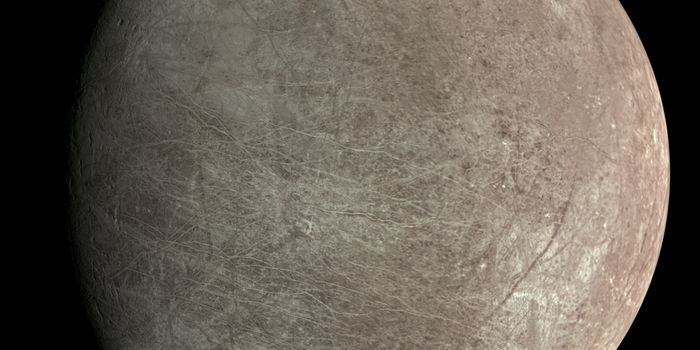Researchers Discover the First Known White Dwarf Pulsar
Astronomers have announced finding what they believe is the first known White Dwarf Pulsar.

Using the Southern African Large Telescope, also known as SALT for short, they were able to spot this object with they believe originated from a star exploding around 1,500 years ago.
The findings are published in the Monthly Notices of the Royal Astronomical Society.
The object’s existence was estimated with ancient Chinese record-keeping archives and observed up close with SALT.
“Putting together the pieces of this cosmic puzzle has been a detective story bringing together the very latest astronomical equipment and millennia-old Chinese records of the variable night sky,” SALT astronomer Dr Brent Miszalski said in a statement.
The $43 million SALT observatory is driven by incredibly powerful spectroscopy light measurement devices, which make observing such phenomenon in deep space possible.
White Dwarf Pulsars are part of a class of incredibly dense objects that follow after the death of a star. They have not yet been observed until now.
We know of classes of objects known as White Dwarfs, and Pulsars, but having discovered something that appears to be two-in-one is somewhat of a rare occurrence.
Pulsars are neutron stars that are highly magnetized. Because of this high level of magnetization, beams of electromagnetic radiation are spewed from the pulsar in either direction and can be observed.
White dwarfs, on the other hand, are extremely dense stars, which can be the volumetric size of our planet Earth with the mass of our own Sun.
Combining the two, what we have here is a very dense pulsar that appears near the position of a guest star in the Chinese record archives. Astronomers have given it the name Te 11 and have noted that it’s found in the constellation Orion at over 1,000 light years away from Earth.
“This remarkable connection suggests that Te 11 is the leftovers of this explosion of more than 1500 years ago,” said Professor Brian Warner.
Astronomers are hoping that this puzzle piece will help us to further understand our amazing universe; it continues to surprise us every day with new discoveries.
Source: SAAO, DailyMail








